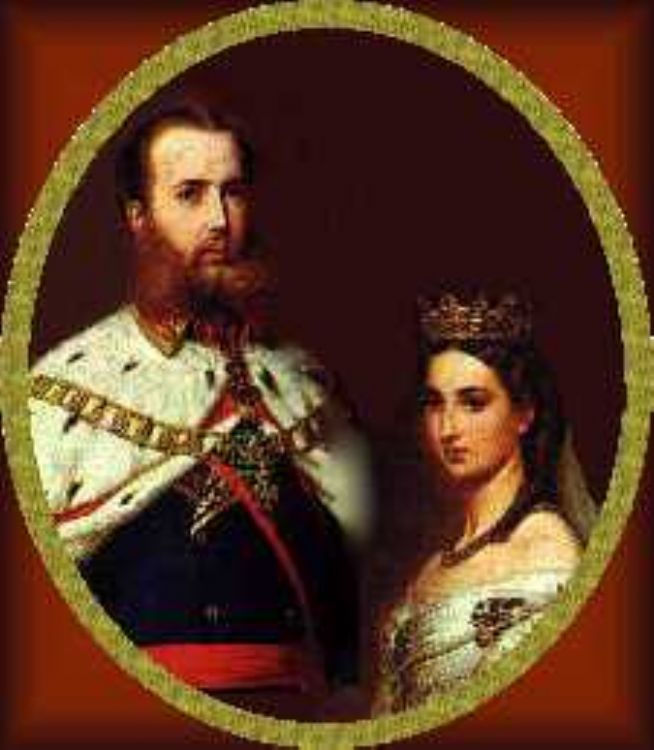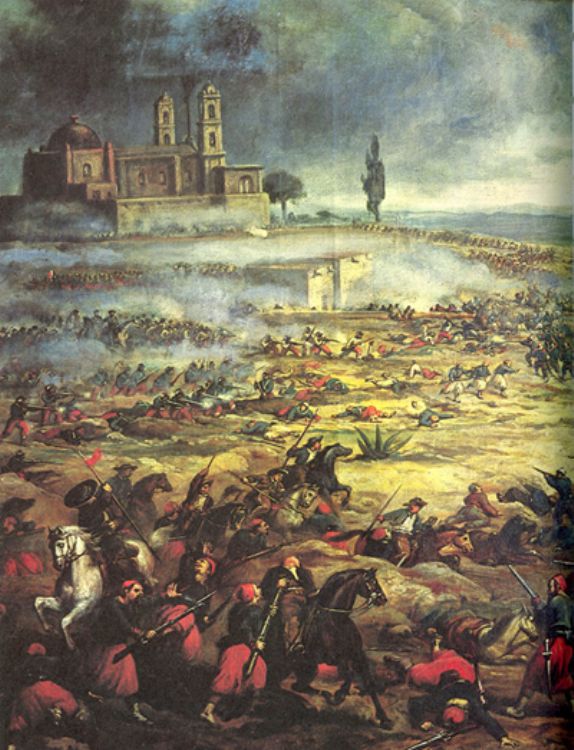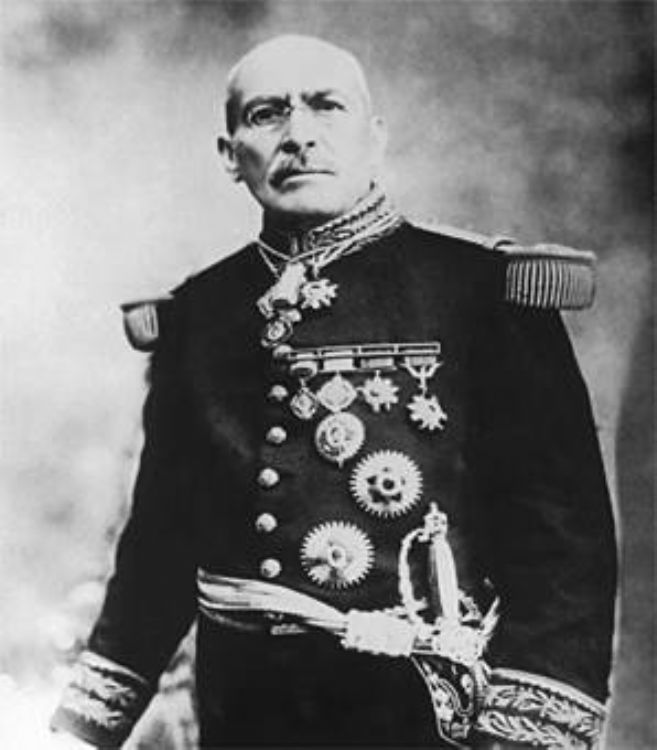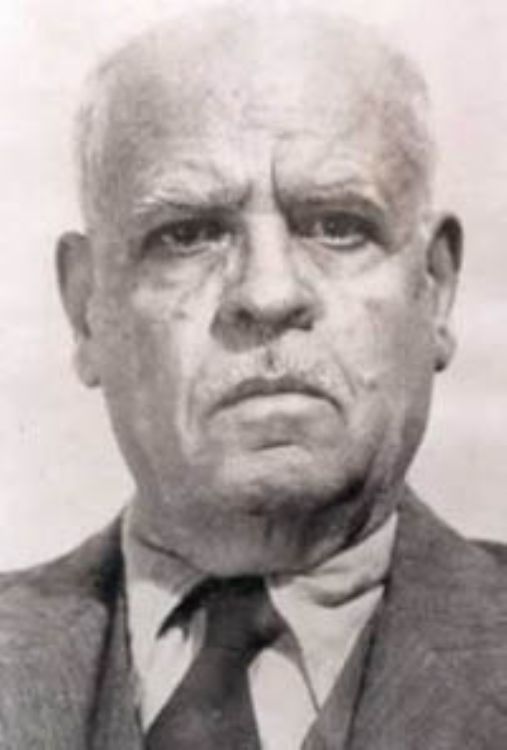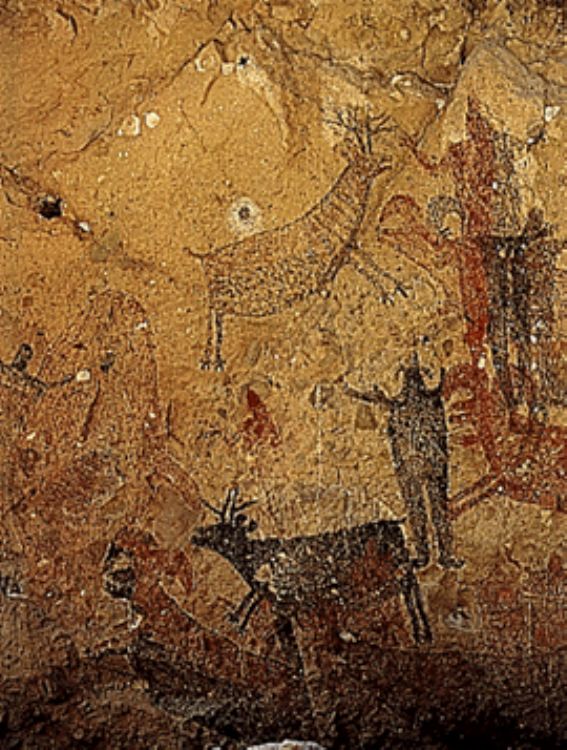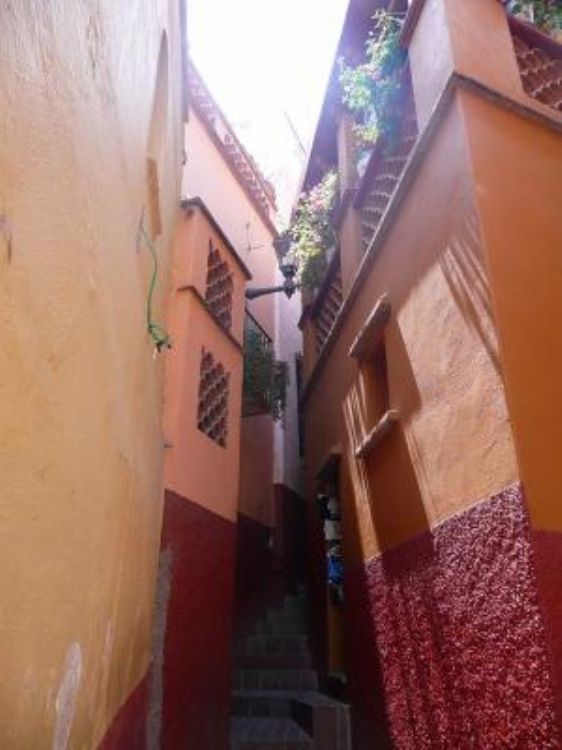Mexicoâs Bicentennial Celebration
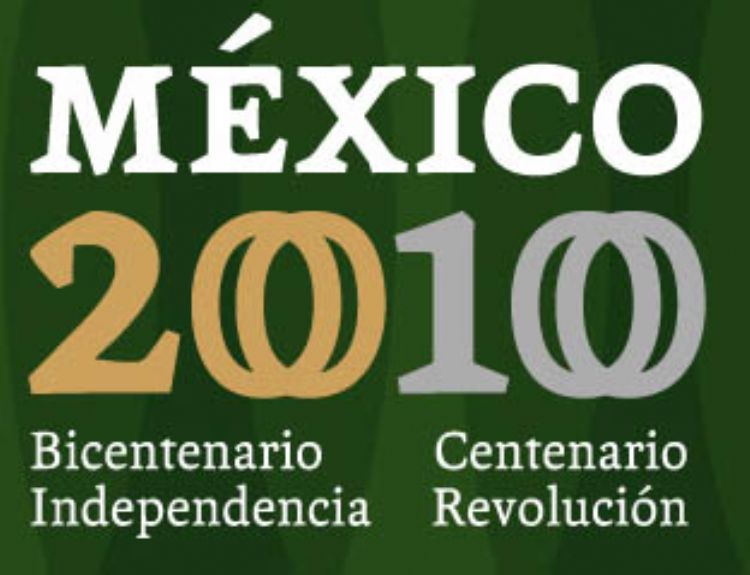
Mexico is getting ready for an extraordinary celebration in honor of its 200th anniversary of its Independence and 100th anniversary of its Revolution. Everything designed to commemorate these two great dates is linked to the ideal of renewing Mexicoâs identity and historic continuity.
Highlighted among the many projects designed are exhibits of prehispanic, Spanish, modern and contemporary Mexican art at the most important capitals of the world, historic routes, shows, publications, seminars, the opening of 10 new archeological sites, maintenance to the countryâs most important prehispanic sites and the remodeling of 30 museums that will serve as venues to the Independenceâs Bicentennial and the Revolutionâs Centennial in the year 2010.
This work involves a complex museography and the consolidation of historic buildings in six States to commemorate the Independence and eight States to commemorate the Revolution, with a budget of over 300 million pesos.
The venues were chosen by taking into consideration their accessibility by land, routes that go over the steps of those who fought the battles that concluded in the consummation of Mexicoâs Independence and Revolution. For this great celebration, these routes combined are known as âRuta 2010â, for which the Ministry of Communication and Transportation will destine its resources for signaling these roads and provide tourism information in print at strategic points of the highways and through its website.
The museums highlighted along the Route of Independence start with Casa del Marques at Mexico Cityâs Historic Center and in Acapulco with the San Diego Fort Museum, where Morelos fought his famous battle for the countryâs Independence. Other venue museums in this celebration chosen for their priceless content in honor of these two unforgettable dates are Museum of the Viceroyalty, the National Anthropology Museum, the National History Museum, the Allende Museum, The Casa Morelos Museum, Alhóndiga de Granaditas and the Museum at the Home of Father Hidalgo.
The Independence road includes the Freedom Route, traveling on the footsteps of Miguel Hidalgo y Costilla from Corralejo in Guanajuato to Chihuahua, passing by Queretaro and Michoacán.
The Nationâs Feelings Route explains the military campaign lead by José María Morelos y Pavón through the States of Michoacán, Guerrero, Oaxaca, Morelos, Mexico, Puebla, Veracruz and Chiapas. Places through which Morelosâ troops were commanded by Matamoros, the Galeana brothers, the Bravo family, Guadalupe Victoria and Vicente Guerrero, among other illustrious heroes.
The Trigarante Route traces the road followed by Agustin de Iturbide in his fight for the Consummation of the Independence, from Iguala in Guerrero to Mexico City, in 1821.
The Revolutionâs Routes include the Democracy Route, outlining the road taken by Francisco I. Madero from Ciudad Juarez in order to triumphantly enter Mexico City after being elected president in 1911. This route starts in Parras, Coahuila, his hometown, and passes by San Luis Potosi, Ciudad Juarez, Piedras Negras, Torreon, Zacatecas, Aguascalientes and Leon.
The Zapatista Route refers to the operations of the Southern Liberation Army along the States of Morelos, Puebla and Mexico. The Constitutionalist Revolution Route was traced according to the military actions carried out by four key characters in the revolutionary battle. The route in honor of Venustiano Carranza starts at Cuatro Cienegas and passes by Saltillo, Monclova and the Guadalupe Estate in Coahuila, to continue through Hermosillo, Chihuahua, Mexico City, Veracruz, Queretaro and Puebla.
The section of the Constitutionalist Revolution Route in honor of the Northwestern Division, guided by Alvaro Obregon, goes through Nogales, Cananea, Guaymas, Culiacan, Naco, Topolobampo and Mazatlan in the States of Sonora and Sinaloa, all the way to San Angel in Mexico City, passing by Tepic in Nayarit and Guadalajara in Jalisco. The Routeâs itinerary traced in honor of the Northern Division commanded by Francisco Villa starts at San Juan del Río in Durango to conclude in Hidalgo del Parral, Chihuahua. It also covers the Loma Estate, Ciudad Juarez, Torreon, Zacatecas, Aguascalientes, Mexico City and Canutillo.
This Routeâs fourth section corresponds to the battles fought by the Northeastern Division, guided by Pablo Gonzalez, starting at Lampazos in Nuevo Leon and going through Monclova, Ciudad Victoria, Monterrey, Tampico, Saltillo, San Luis Potosi, Queretaro and Mexico City, concluding in Aguascalientes.
Article Produced by the Editorial Team of Explorando Mexico.
Copyright: Explorando Mexico. All Rights Reserved.
Image: Secretaria de Relaciones Exteriores de México.

